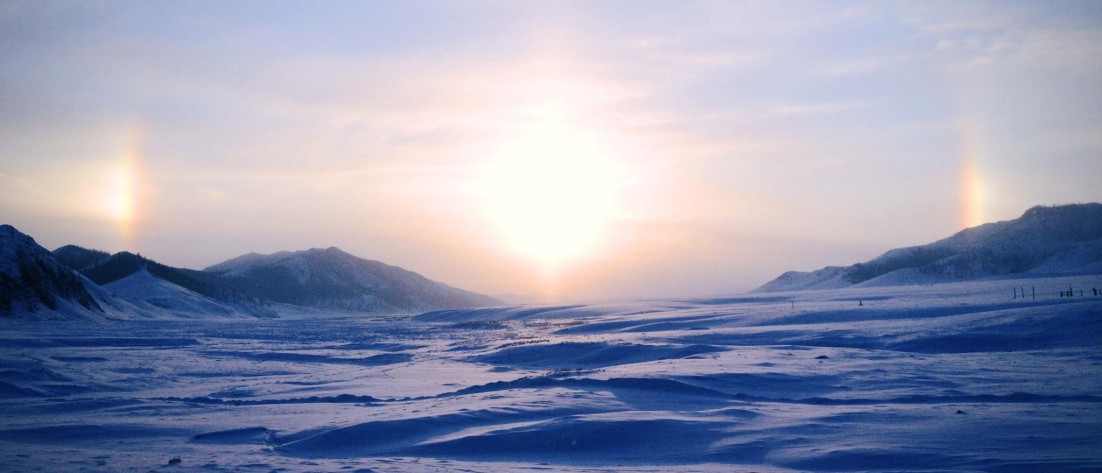My apologies for the suddenly sporadic posting! Now that the school year is over, I’m actually teaching a lot more often. I’ve also apparently lost the favor of the Internet gods; you know your connection is horrible when it won’t even load WordPress (hence Monday’s lack of post).
But despite my sudden business and inability to write about it, interesting things have been happening here. We kicked of the beginning of June by celebrating Children’s Day. I knew the day was coming and that the workers at the Children’s Palace would be giving out gifts (mostly candy), but I had no real idea of the scope of this particular holiday.
I started to get an idea of what I was in for when I headed over to check out the festivities at the Children’s Park at the south end of town. While I see plenty of people going about their business every day, their business doesn’t usually take them all in the same direction. The princess dresses and balloons were also a new addition.
Upon joining the throng, I quickly rediscovered something Mongolia had thus far allowed me to forget: my hatred of crowds. This parade, full of parents walking hand in hand with their young children, ambled along at a painfully slow pace, blissfully unaware of the frustrated foreigner trapped behind them. For so small a crowd, this one was also strangely impermeable – groups holding hands offer few gaps to dart through if you’re unwilling to play hurdles or red rover. So for most of the walk, I was stuck shuffling along with the rest of the crowd.
But that, I realized upon reaching the park, was only beginning. The Children’s Park, no longer the desolate place I remembered from the long winter, teemed with people. A sea of bright colors stretched before me: kite flyers, toy vendors, and more Mongolians than I have ever seen in one place, even in the capital. The ferris wheel and carousel that had so long stood as silent sentinels over the south side of town had suddenly whirled into life, and the air was thick with the smells of woodsmoke and fried food.
I texted the friends I was supposed to meet and began to wander, knowing I had absolutely no hope of finding them on my own in this throng. Our fair-haired group is unmistakeable amongst the Mongolians, but that was of little help with so many Mongolians between me and them. Half the city seemed to have descended on the fairgrounds.
In some ways, Children’s Day was a carnival like any other: vendors hawking all manner of cheap and useless toys, most of which would probably find their way into the trash by the following day; long lines that wound their way around the rides to which they led; games like pop-the-balloon and ring toss; cotton candy and fried food. But there was more than just the language and predominant hair color to keep me mindful of where I was. The ring-tossers aimed for foot-tall wooden blocks carved in the shape of horse heads, and plenty of the emees (grandmothers) shuffling through the crowd wore deels. A few people had even ridden their horses to the event and left them, fettered, to munch happily on the fairground grass. And some of the food vendors I passed offered fare unlikely to be well-received in the States.
Eventually, I met up with my friends, and we purchased tickets to ride the ferris wheel. They allowed all five of us to board, despite the presence of only four seats, and clipped a flimsy little chain across the entrance. It was only when we reached the top of the wheel that we observed that parts of the structure appeared to be held together with tape. We pointedly ignored this fact, choosing instead to admire the view afforded by our vantage point. From here, we could see the long row of gers lining the back edge of the fairgrounds, each with a table placed before its door.
It was from these gers that most of the smells originated: woodsmoke from the stoves, hot grease from the pans above them. A Mongolian crowd at a summer celebration hungers for huushuur and thirsts for milk tea, and the industrious owners of these gers had set up shop to provide just that. When I wandered by this food court of sorts, I found every table full of Mongolians slurping their tea and hungrily awaiting their plates of fried mutton pies. I passed by without eating; I wasn’t particularly hungry, and while I do enjoy huushuur when it’s not too greasy, I’m sure I’ll have my fill and more at Naadam.
Instead, I contented myself with taking pictures, petting horses, and marveling at the general excitement of the atmosphere. The Mongolian winter is long, slow, and generally quiet, but when the country springs back to life again, it does so with great gusto.










